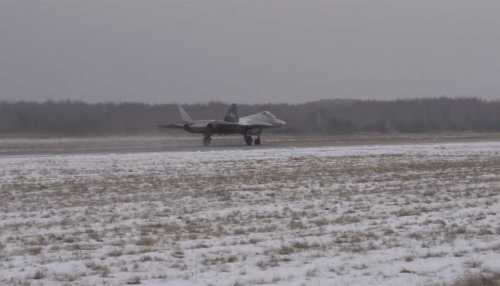- News>
- World
India still with fifth-generation fighter aircraft project: Russian defence aviation major

However, there have been reports that India is not satisfied with the pace of development and the features of the fifth-generation fighter aircraft.
New Delhi: The president of Russia’s United Aircraft Corporation (UAC), which encompasses the companies making the legendary Sukhoi and MiG jets, has claimed that India is still on board the project to make the fifth-generation fighter aircraft (FGFA). According to UAC president Yuri Slyusar, Russia is still in talks with India for jointly developing a fifth-generation fighter which will be in service with the air forces of both the countries.
"We continue to discuss with India joint development of a fifth-generation fighter jet. The topic is not closed. It has been said that India is withdrawing from this project. No, they are not. I hope very much our talks will be ultimately crowned by the designing stage and we will develop our joint fifth-generation aircraft," Slyusar told the Rossiya-1 television channel.
However, there have been reports that India is not satisfied with the pace of development and the features of the fifth-generation fighter aircraft and has made it clear to Russia that the cost of the project also was too high for it to go ahead with it.
But sources have also said that India and Russia have not parted ways and the former was willing to remain on board provided the cost of the project was relooked at and both the countries agreed to it. The cost of the project is around $30 billion or Rs 2 lakh crore.
The two countries had in 2007 signed an inter-governmental agreement for the mega defence project. But even though 11 years have passed, the project is yet to deliver the fighter and India had raised concerns about the cost-sharing formula between the two countries as well as the technologies involved and the number of aircraft to be produced.
In December 2010, India had agreed to pay $295 million towards the preliminary design of the fighter jet. Later, both sides had expressed intent to contribute each $6 billion for final design and production of the aircraft in the first phase. However, they could not come out with a final agreement on it.
